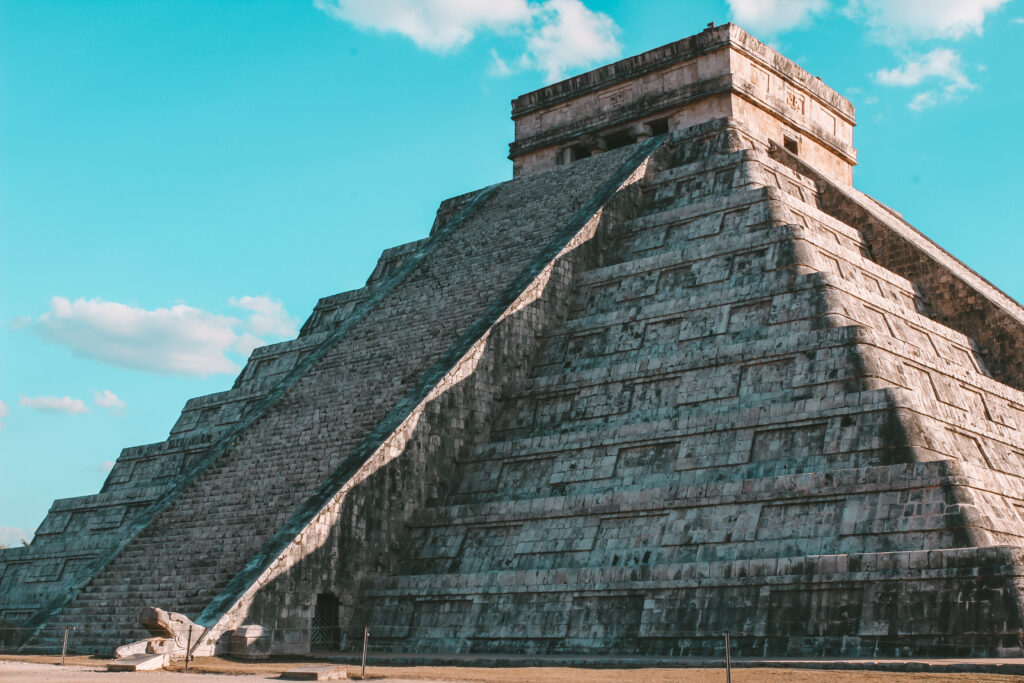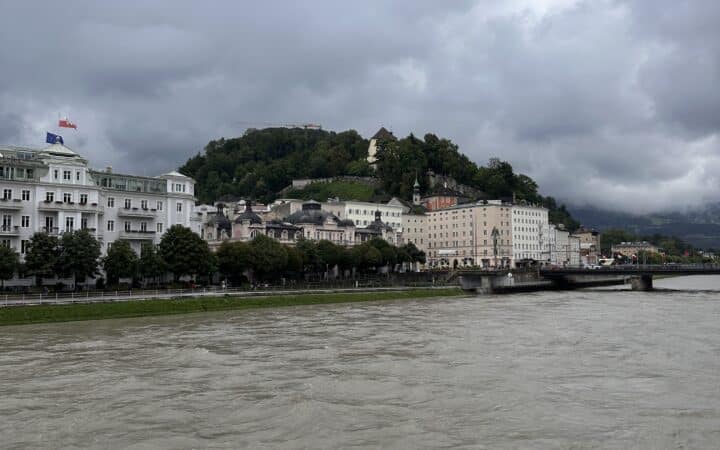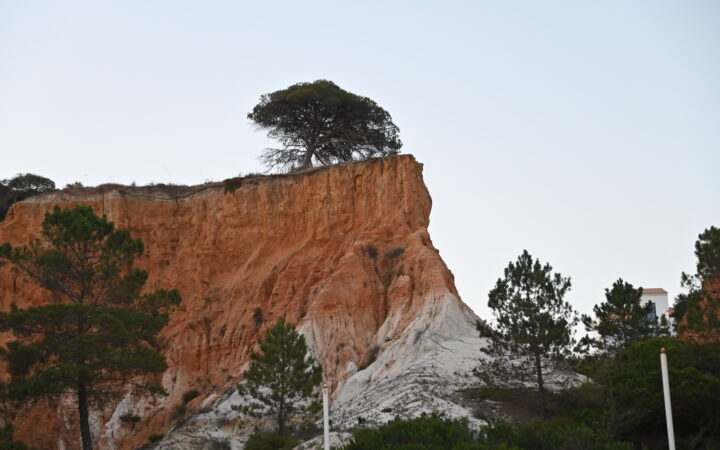The concept of “wonders” has captivated humanity for millennia. The original Seven Wonders of the Ancient World, compiled by ancient Greek historians, served as a testament to the ingenuity and ambition of early civilizations.
In the modern era, a new movement aimed to reignite the spirit of wonder. In 2000, a global internet vote culminated in the selection of the “New Seven Wonders of the World.” The significance of this list is that it celebrates diversity, culture and traditions.
If you are wondering what these Seven Wonders of the World are and what made them be considered “wonders,” we will explore them all here.
- The Great Wall of China
This serpentine dragon of stone snakes across mountains, deserts, and grasslands, and stretches for over 21,000 kilometers (13,000 miles).
If you look back in history, reports suggest that the construction of this began back in the 7th century BC. However, additions and modifications continued until the 17th century. The tall and majestic wall stands as a true testament to China’s rich history, culture, and heritage.
According to history, the purpose of the wall was to provide a defensive barrier against the nomadic invaders.
- Petra, Jordan
Carved from the rose-red sandstone cliffs of Jordan, Petra is an ancient city established by the Nabataeans around 300 BC. Somehow, one of the main highlights of this spot happened to be its unique water management system, which was built back then. If you are wondering how to get to Petra from Aman, there are buses, minivans, and cars available.
Petra served as a vital trade hub on the Silk Route, further expanding its significance. This marvel is at the Treasury, a monumental structure that served as a royal tomb, and the Siq.
- Chichen Itza, Mexico
Up next, we have Chichen Itza, which is located deep within the Yucatan peninsula. It is a Mayan metropolis that flourished between the 6th and 13th centuries AD.
The iconic pyramid of Kukulkan, also known as El Castillo, dominates the complex, its intricate carvings and astronomical alignments hinting at the advanced knowledge of the Maya. According to the architectural brilliance that’s showcased, it depicted the Mayan people’s advanced understanding of mathematics and astronomy.

- The Colosseum, Italy
Sometimes, we praise modern technology and engineering, not even realizing how enigmatic some of the designs were back in the day. The Colosseum is a true testament to the Roman’s engineering expertise. It served as a stage for gladiatorial combats, public executions, and staged battles.
Built in the 1st century AD, it could seat an estimated 50,000 spectators, offering a glimpse into the grandeur and brutality of Roman entertainment. Somehow, it remains a testament to the Roman architectural prowess.
- Christ the Redeemer, Brazil
With arms outstretched against the backdrop of Rio de Janeiro, the colossal statue of Christ the Redeemer embodies hope and faith. The construction of the statue was completed in 1931, which showcases it as one of the “newer” wonders of the world.
The statue is built on top of Corcovado Mountain, offering panoramic views of the vibrant city and the surrounding landscapes. It serves as a beacon of hope and a reminder of the importance of compassion.
- Machu Picchu, Peru
One of the commonalities that you will find in pretty much all the Seven Wonders of the World is architectural brilliance. This is what sets them apart and Machu Picchu in Peru is no exception. It is located in the Andes Mountains and was constructed back in the 15th century by the Inca Empire.
Despite being termed the “Lost City of Incas,” what turned people’s attention were the perfectly interlocking stone structures, agricultural terraces, and astronomical observatories, which to this day, have a very stable infrastructure. You can make your way from Cusco to Machu Pichu via train.
- The Taj Mahal, India
Last on the list is The Taj Mahal in India and it doesn’t need anyone’s introduction. An enduring symbol of love and devotion, the Taj Mahal in Agra, India, was built by Shah Jahan to showcase his undying love for his third wife Mumtaz Mahal.
The construction of this palace was completed in the 17th century and is a superlative white marble mausoleum, which is nothing but an architectural masterpiece. The interiors include a blend of Islamic, Indian and Persian culture and influences.
Final Words
If you are planning your trip to explore the Seven Wonders of the World, one by one, the key is to have a plan of action. You want to start by securing your transportation bookings with Bookaway, so logistics is the least of your worries while you are exploring the world and its brilliance.











Leave a Reply